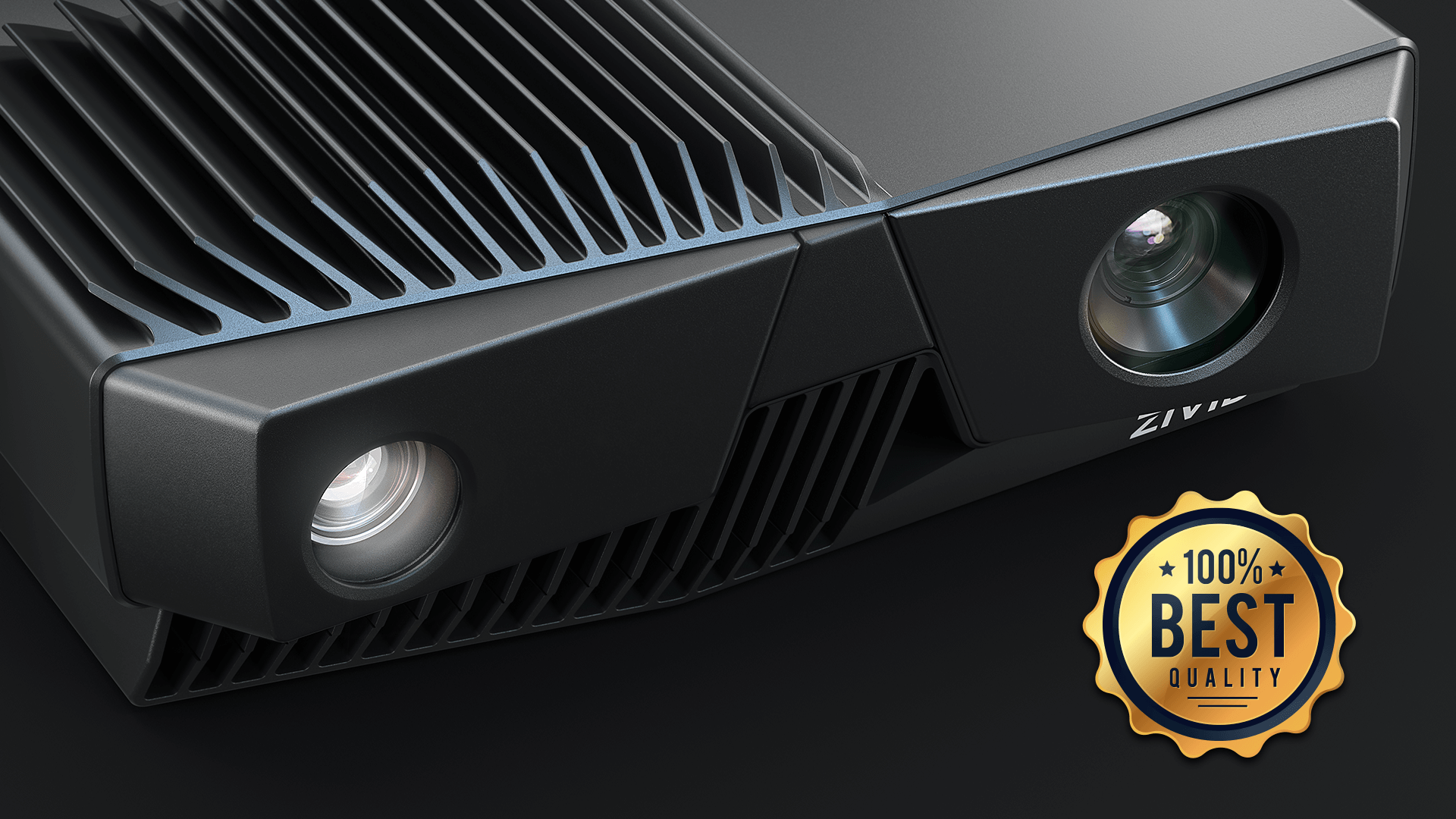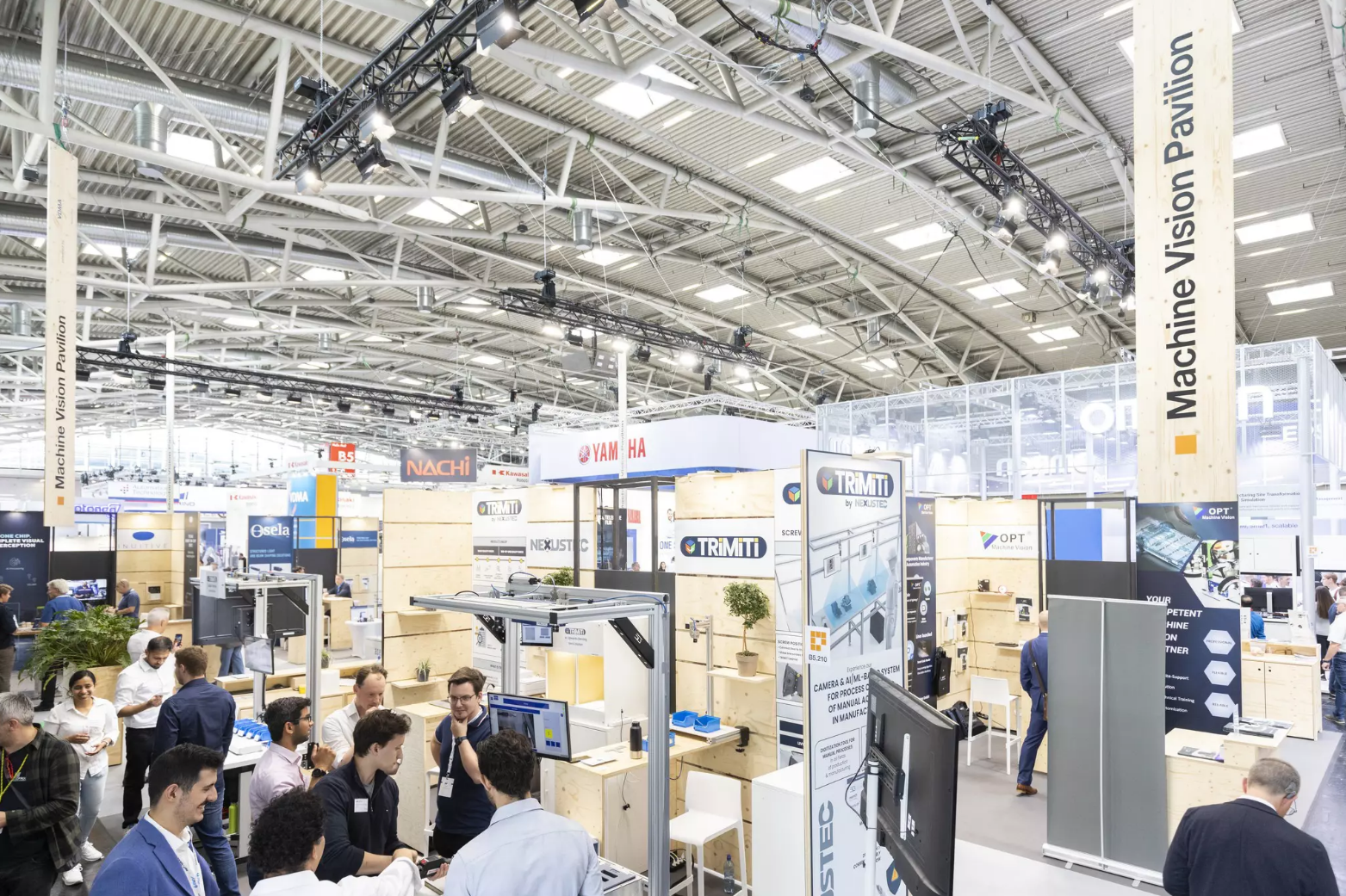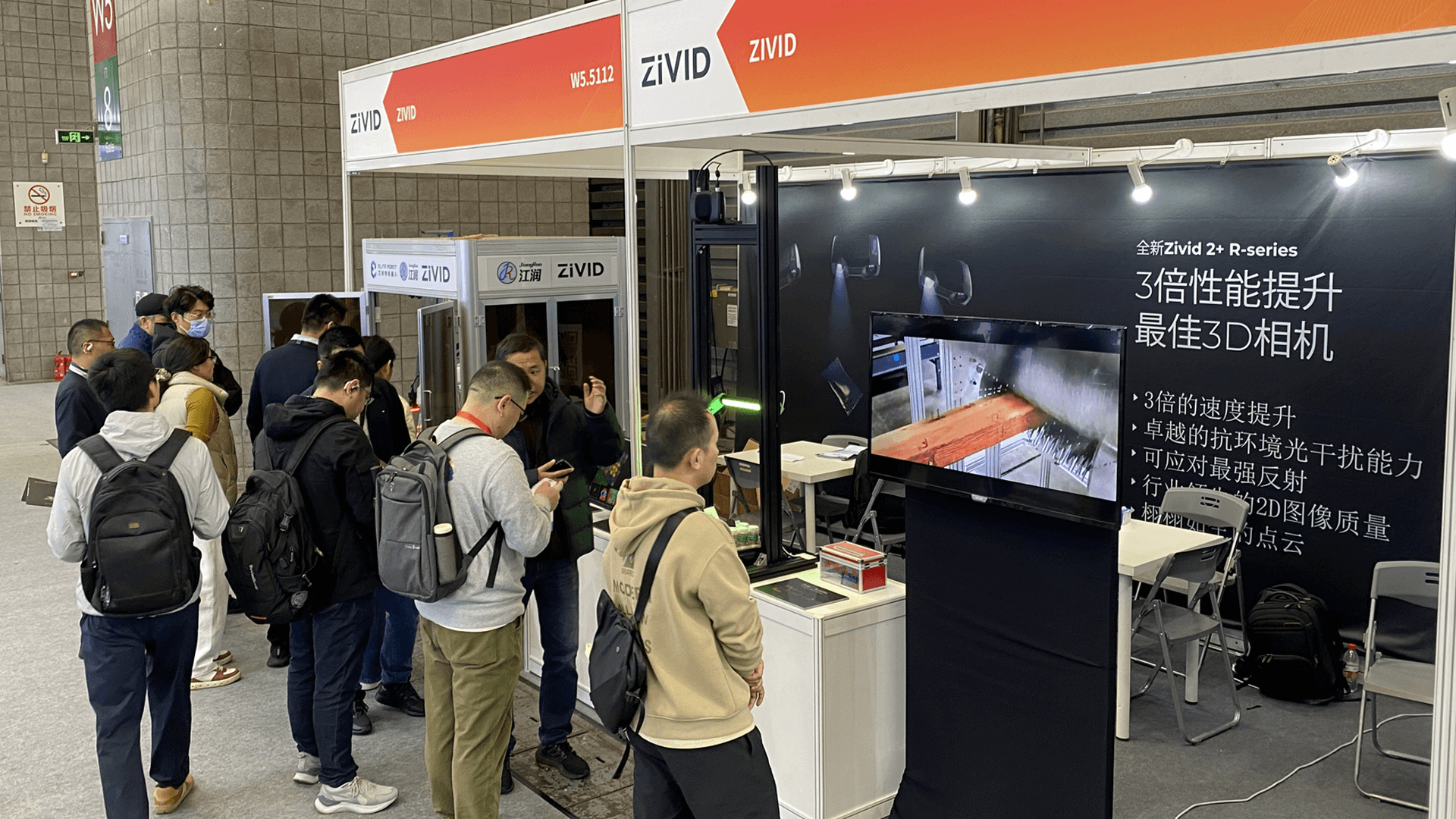From Customer Feedback to Cutting-Edge 3D Vision
Expert interview
At Zivid, vision, research, and innovation are at the heart of our work. From developing features that help our customers create technology that pushes the boundaries of industrial 3D imaging, our Vision Team is dedicated to making every update meaningful and reliable.
We sat down with Rune, Camilla, and Matyas from the Vision team to gain insight into how they approach vision research and development, what drives their priorities, and how they ensure impactful SDK releases each quarter.
Customer Needs Driving Innovation
When deciding which features or innovations to pursue, the team clearly states that inspiration comes directly from customer challenges.
“Our vision research is driven and inspired by customer needs and challenges,” Rune explains. “The feedback we get from our application engineers gives us insight into what issues are slowing our customers down. We’re an agile team, which means we can quickly react to reported issues and act on new ideas or inspirations.”

With applications spanning from piece picking to inspection, the Vision team recognizes that each customer has unique needs. They depend on the strong relationships that field application engineers build with customers, as these connections provide valuable insights into real-world challenges. This collaboration makes it possible for every feature added to the SDK to address those specific issues directly.
Balancing Short-Term Fixes with Long-Term Innovation
In a fast-moving field like 3D vision technology, balancing short-term fixes with long-term innovation can be tricky. But as Camilla points out, it’s all about prioritization.
Sales, customer success, and product teams help us prioritize customer issues, and we focus on those that will have the greatest impact,” she shares. “For instance, implementing features like the 3D region of interest box can deliver immediate customer value, while longer-term projects like the Omni engine for imaging transparent parts require deeper research.”
By focusing on short-term solutions and long-term breakthroughs, the Vision Team ensures that Zivid remains ahead of the curve in meeting current and future customer needs.
Watch Rune introduce Zivid SDK 2.10:
User-Friendly Functionality Is Priority
One of the Vision Team's biggest challenges is delivering innovation without compromising on usability. As Rune describes it, they are constantly “walking the fine line” when releasing new features to customers.
Our customers are highly competent; they want and need the flexibility to adjust the product to their needs,” Rune explains. “But the Zivid camera is a complex piece of technology, and too much flexibility can make it difficult to deploy quickly and easily.”
That’s why the Vision team strives to keep the SDK intuitive, even when integrating advanced new features.
When we expose a new feature or innovation in the SDK, we always aim for simplicity and self-documenting APIs,” Camilla adds. “It may take extra effort on our end, but we want the customer experience to be seamless.”
Rigorous Testing for Real-World Compatibility
One of the main priorities in the SDK's early development process is compatibility with our customers. Rune and Camilla emphasize that real-world testing with customers is essential to creating robust solutions.
When developing a new feature, we often work with customers to test and verify our solutions,” Camilla explains. “This feedback is invaluable because it’s easy to lose sight of real customer needs when developing technology in-house.”
New features typically start with a rough prototype that is tested internally. From there, the prototype undergoes rigorous testing with various scenarios, from different distances to varying light conditions, trying to address all key requirements.
Watch Camilla introduce Zivid SDK 2.12:
Rune notes that this process may involve several iterations, as feedback can lead to significant changes before the final version is ready.
Once we’re confident in the solution, we work with lead customers who provide feedback, allowing them to influence the final product.”
In addition to collaborating directly with customers, the team has a solid system for continuous integration and testing. Rune explained their testing process:
We write a lot of unit tests and system tests to ensure that our software and hardware work well together. These tests, for instance, involve checking the results of our point cloud captures against reference scenes or confirming that point clouds of known objects pass a variety of metrics.“
This ensures that the SDK works well across different systems, operating environments, and camera models. They benchmark capture times and run long-term stability tests, processing millions of point clouds to ensure everything performs without regressions in capture time.
Collaboration that Drives Innovation
One of the most significant advantages of Zivid’s customer-centric approach is the ability to respond directly to customer needs. An excellent example of this is the development of Zivid’s Hand-Eye Calibration using ArUco markers. Matyas explains that this is where the Vision and Customer Success teams worked closely together.
Previously, Zivid provided Hand-Eye Calibration using a calibration board. However, some customers found that the board sometimes got in the way of their robots or didn’t fit into their setup.
“A group of customers challenged us to find a more flexible solution,” Matyas recalls. “We experimented with several approaches and eventually came up with a new way of using ArUco markers to perform Hand-Eye Calibration.”
This approach offered a more flexible and space-efficient solution while maintaining precision. After creating a preview version of the software, the Vision Team worked directly with a customer to test the idea in the field.
“They loved the solution, and we’ve since integrated it into our SDK,” says Matyas. “It’s a great example of how collaboration can drive meaningful innovation.”
Watch Matyas introduce Zivid SDK 2.13:
Exciting Innovations on the Horizon
Looking ahead, Rune, Matyas, and Camilla are excited about the future of Zivid’s SDK and the innovations that are coming soon.
“We’re excited to say that the next release will bring some major innovations for customers who care about speed, colors, and fewer artifacts,” Rune teases.
As Zivid continues to innovate, the Vision Team remains dedicated to pushing the boundaries of what 3D vision technology can do. With a strong focus on customer collaboration, usability, and reliability, Rune, Camilla, Matyas, and the rest of the team are working hard to ensure that Zivid’s cameras remain the gold standard for vision solutions, now and in the future.

You May Also Like
These Related Stories

We set the 3D standard for Quality of Data through innovation

Top 10 3D Vision Demos from Automatica 2025



